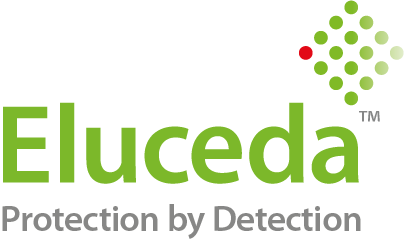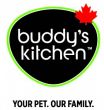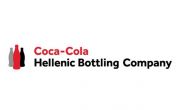Patents awarded in USA for colour changing freshness indicator for meat | 22-04-2024 |

A researcher in biomaterials, from Auburn University has been awarded a patent for a packaging solution aimed at reducing food waste. The solution is a gas-sensing coating for packaging stickers for meat products that progressively changes colour to indicate freshness level. Burak Aksoy, associate research professor in the College of Forestry, Wildlife and Environment at the University developed two novel products to help reduce waste in commercial aquaculture feed pellets and meat products intended for human consumption.
The first patent was awarded for an aquafeed binder based on soybean hulls. These binders help the pellets stay intact in the water until fish and/or shrimp can consume them. Aksoy’s second patent was awarded for a packaging solution aimed at reducing waste in the human food supply. Currently in the USA alone the annual economic loss due to food spoilage is $161 billion from 40 million tons of discarded food.
The primary cause of food spoilage is bacterial growth, says Aksoy. The current standard is the familiar “Sell by” date, which can be inaccurate on either side — food going bad before or after the date. He has developed what he claims as an inexpensive solution for real-time freshness monitoring. All meats give off certain basic volatile compounds as they break down. His product is a gas-sensing coating that detects those compounds and is applied to a sticker that adheres directly to the packaging of meat products. The sticker monitors the presence of compounds that indicate spoilage and progressively changes colour to indicate the freshness level of the product.
“Everyone — consumers and retailers — will know the level of freshness or spoilage at a glance and be able to act accordingly,” said Aksoy, who says there has already been a great deal of industry interest and he anticipates the products will have global appeal.
“These two innovations have great economic potential alongside their promise for advancing sustainability and reducing waste,” said Janaki Alavalapati, the Emmett F. Thompson Dean of the college. “Both of his solutions are scalable, affordable and can easily be manufactured by adapting existing machinery, so there are fewer infrastructure costs at the start.”
AIPIA Comment: There are several similar ‘colour changing’ sensors on the market. For example, Senoptica, a food safe colour changing ink which can be printed directly onto the pack has just received FDA approval. While a colour-metric indicator able to make an irreversible visual colour change at low oxygen concentrations has been developed by AIMPLAS in Spain.
AWA and AIPIA Smart Labeling Chicago
AIPIA and AWA Smart Packaging World Congress Amsterdam
































